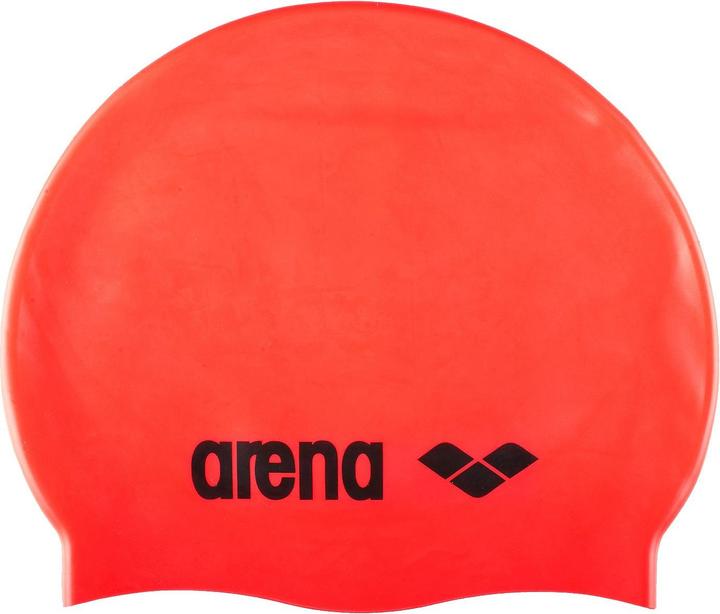

How can you avoid drowning in this sea of rules?
At the water's edge, in the water or on the water: as soon as the sun shines and the water is clear, there's only one thing on your mind. The rules in force in Swiss waters, however, are very vague and have been amended again this year.
What is the difference between a "beach craft" and an "inflatable boat"? Do they have to be registered? What about riparian zones or lifejackets? What rules apply on a river? At the weekend, all we want to do is get out our swimming trunks and sunglasses, but we have no desire to reread the legal rules in force on Swiss waters. It's human nature, just as it's human nature to make a mistake. Given that a simple mistake can have dramatic consequences when it comes to water, I'm going to summarise for you the most important points in the Order on Inland Navigation (ONI) to remember.
Beach craft
A beach craft is not necessarily used on a beach. Its air compartment actually represents its special feature. So it could be an inflatable mattress, a dolphin-shaped buoy or even SpongeBob SquarePants. The Inland Navigation Ordinance (ONI) defines a "beach craft" as follows:
A floating article of recreation, consisting of a one-piece air compartment and a non-load-bearing, non-reinforced material, intended for bathing. Inflatable mattresses, buoys and the like are considered to be beach equipment within the meaning of this Ordinance.
The following rules must be observed:
Boats less than 2.5 m in length and all beach craft, regardless of length, may only navigate within the inland riparian zone (150 m) or at a maximum distance of 150 m from accompanying boats.

Inflatable boats
A legal inflatable boat contains at least two air compartments. If it's longer than 2.5m, you're allowed to leave the inland waterfront and boats up to 4m in length don't have to be registered. That said, the owner's name and address must be clearly visible. And a telephone number can always be useful. If you lose your boat, the police will be able to locate you. If you're in any doubt, a quick call can avoid a major, unnecessary and costly search operation. Of course, you are also obliged to inform the police if you lose your water sports craft.
On a river, one means of rescue per person is compulsory
From now on, if you're sailing on the Aare, Limmat or any other river, you must comply with this new rule: everyone on board must have a means of rescue. Lifejackets with collars and lifebuoys with a minimum thrust of 75 newtons are considered "personal means of rescue". Ideally, opt for a correct lifejacket and don it straight away.
The lifejacket gives you maximum safety. According to the BPA, only 8% of inflatable boat users wear a lifejacket. So there's a lot of potential for improvement when it comes to safety. It's also important to know that a flotation aid is not considered a lifesaving aid. It simply allows you to float more easily. A certified fainting waistcoat, on the other hand, turns you onto your back and keeps your head above water. You'll find here information on the different categories and standards.
Stand-up paddle (SUP) and other "competitive sports craft"

Although a stand-up paddle is also often inflatable, it is not considered to be an inflatable boat, but belongs to the paddle boats and falls into the category of "competitive water sport craft". Kitesurfing, surfing and rowing also fall into this category. If you are travelling with one of these craft on a river or lake more than 300 m from the shore, you need a certified lifejacket or buoyancy aid with a minimum thrust of 50 newtons per person. This checklist from the Navigation Services Association summarises the rules in force. Buoyancy aids are mentioned here because competitive watersports craft "do not have sufficient resealable, splash-proof and weather-proof storage space to carry the life-saving appliances referred to in Art.134. "Thus,
water sport craft operating on rivers or outside inner and outer riparian zones may be fitted with buoyancy aids instead of life-saving appliances as referred to in art. 134. Lifejackets conforming to the November 2006 version of standard SN EN 12402-5:2006 are considered to be buoyancy aids.
The small Restube PFD, for example, corresponds to this standard. It inflates with a CO2 cartridge when you pull the trigger. It's up to you to decide whether you want to opt for a suitable waistcoat instead. It goes without saying that a lifejacket must be the right size. The Inland Navigation Ordinance specifies this separately.
On the SUP, your name and address must also be clearly visible. At night and in poor visibility, a white light visible from all sides is compulsory. The following equipment is not compulsory, but recommended:
when on the lake, tie yourself to the board with a leash around your ankle. This way, you won't lose your board if you fall in the water. On a river, however, a normal leash can be dangerous. In fact, it's better to opt for a quick-release system for emergencies.
What about the swimmers in all this?
Legally speaking, swimmers are relatively free. Swimming bans exist only in certain dangerous places such as piers. Otherwise, you can swim until you are exhausted, which is of course not advisable. Swimming in open water puts you in a weak position. The further you swim from the shore, the more useful it is to wear a visible swimming cap, carry a pullbuoy or a buoyancy aid such as the one from Restube. In addition, you should observe the 6th maxim of swimming: "Never swim long distances alone! Even the best-trained body can fail."
Fatal errors
In a interview, SSS spokesman Philipp Binaghi rereveals that when he analyses the statistics at the end of the year, he notes that 90% of accidents are due to non-compliance with swimming maximums.
In addition, on rivers, other important rules are added. For example, some people are unaware that boats should not be tied together and that children should never be tied to the boat "for safety reasons". On a river, what starts out as a good intention can have deadly consequences. If you are tied to the boat, you have no chance of freeing yourself because of the current. If you fall overboard, let the current carry you forward and try to reach the shore or a safe place. In this way, you protect yourself from obstacles with your legs, protect your head and keep your mouth and nose free.
Alcohol and common sense
At the start of 2020, the Federal Council lifted the alcohol limit on inflatable boats. That said, only people who are fit to drive may sail. For your safety, not only do common sense and the Berne cantonal police advise you to respect the 0.5 ‰ limit, but so do I.
In fact, speaking of common sense, some things don't make much sense: as a swimmer, you can leave the riparian zone and cross the lake legally, whereas with your 2m inflatable boat, you can't go more than 150m from the shore. Or you can paddle down the Aare with an inflatable dolphin without any means of rescue, whereas in a luxury inflatable boat with several air compartments, it is compulsory to have one for each person on board. All the regulations contain grey areas that allow unnecessary risks to be taken. It goes without saying that not everything that is permitted is necessarily reasonable. What do you think?
Simple writer and dad of two who likes to be on the move, wading through everyday family life. Juggling several balls, I'll occasionally drop one. It could be a ball, or a remark. Or both.









